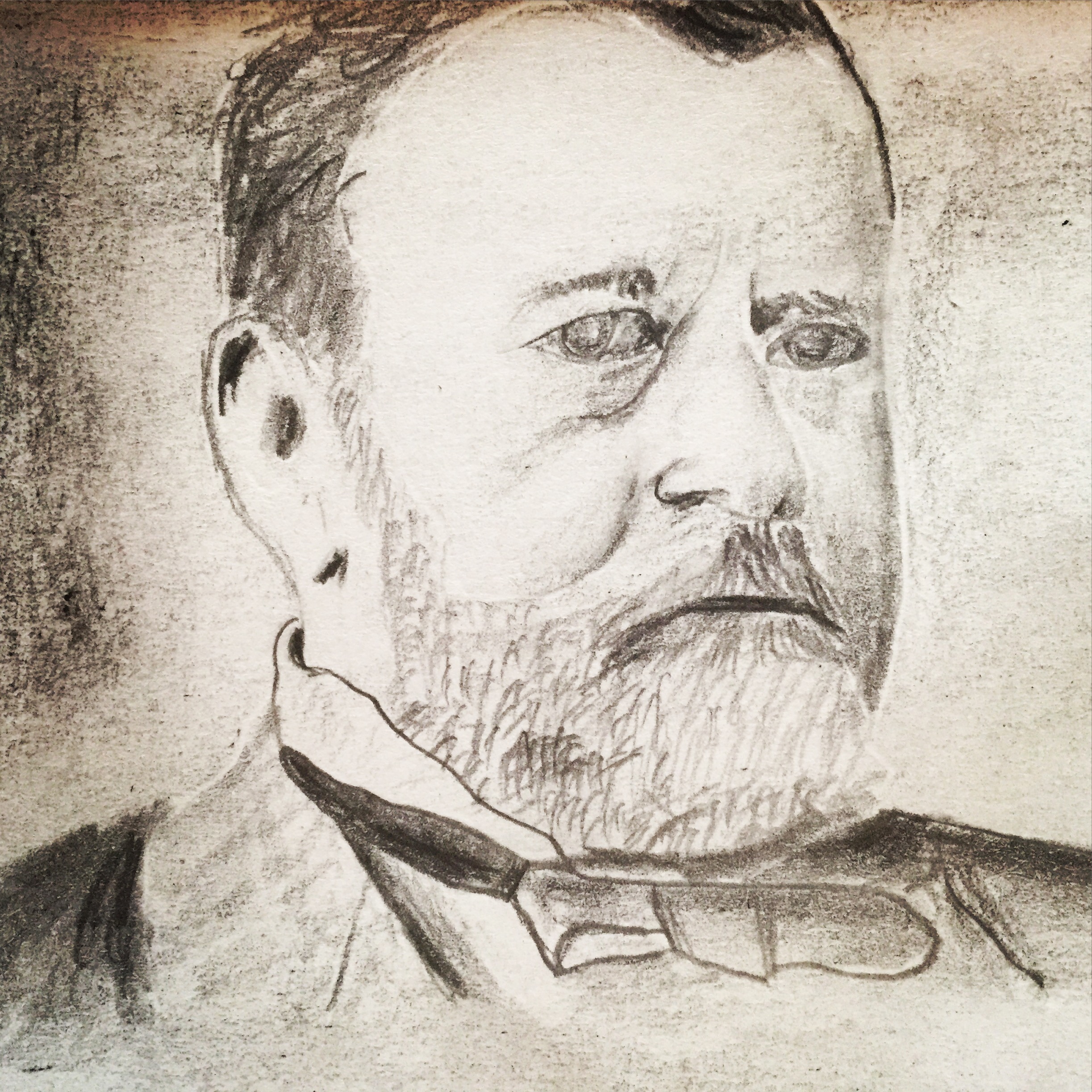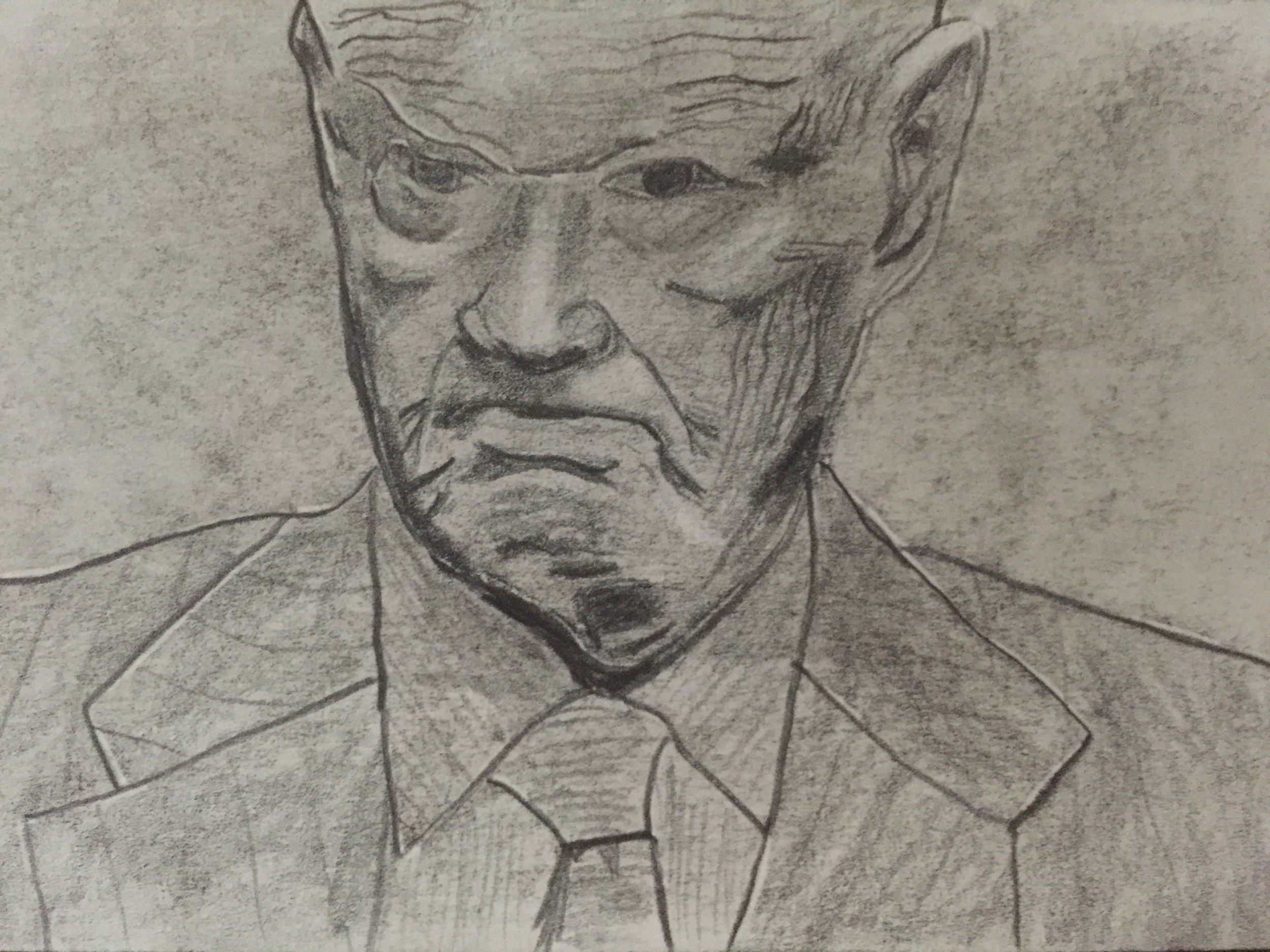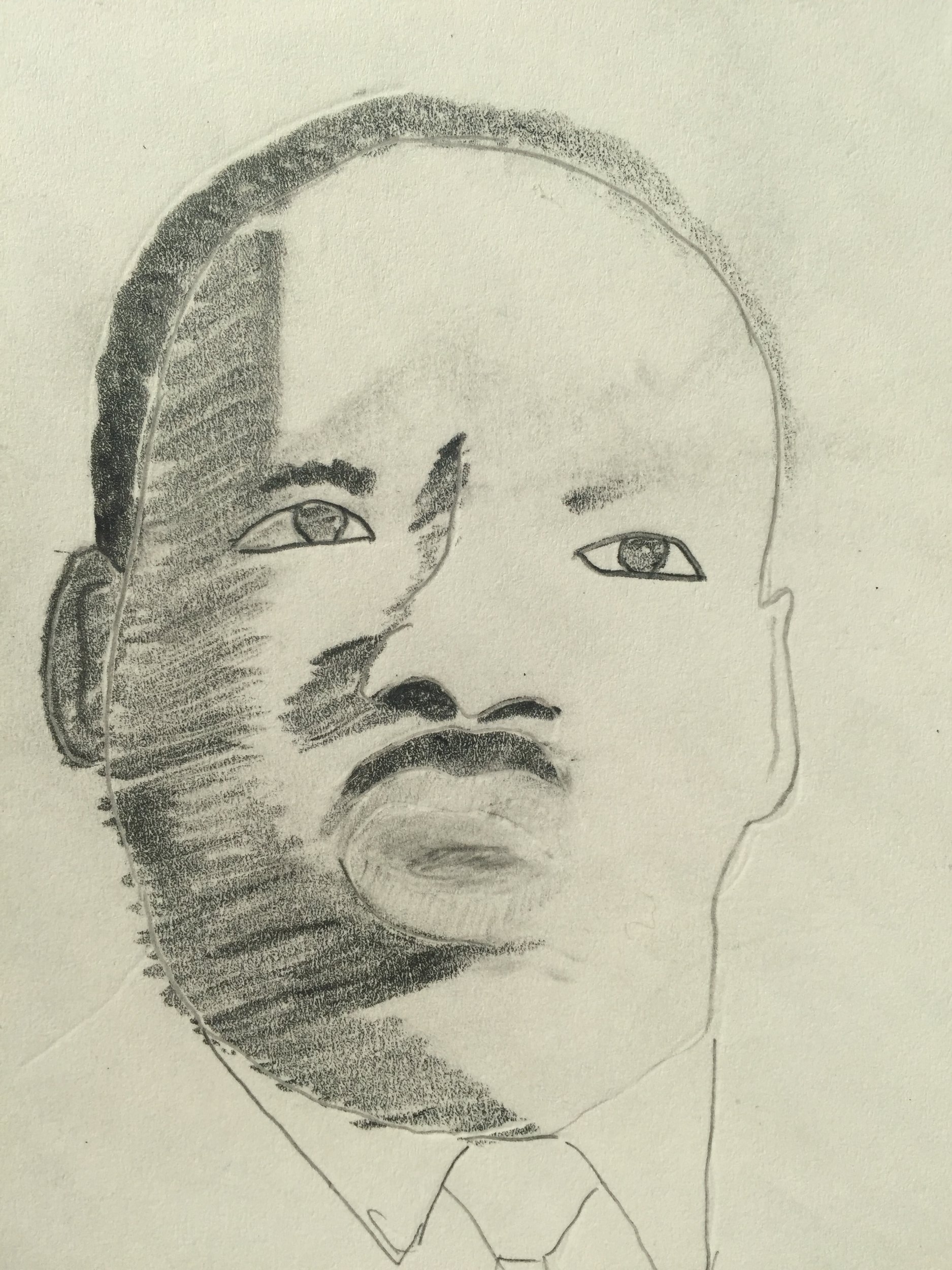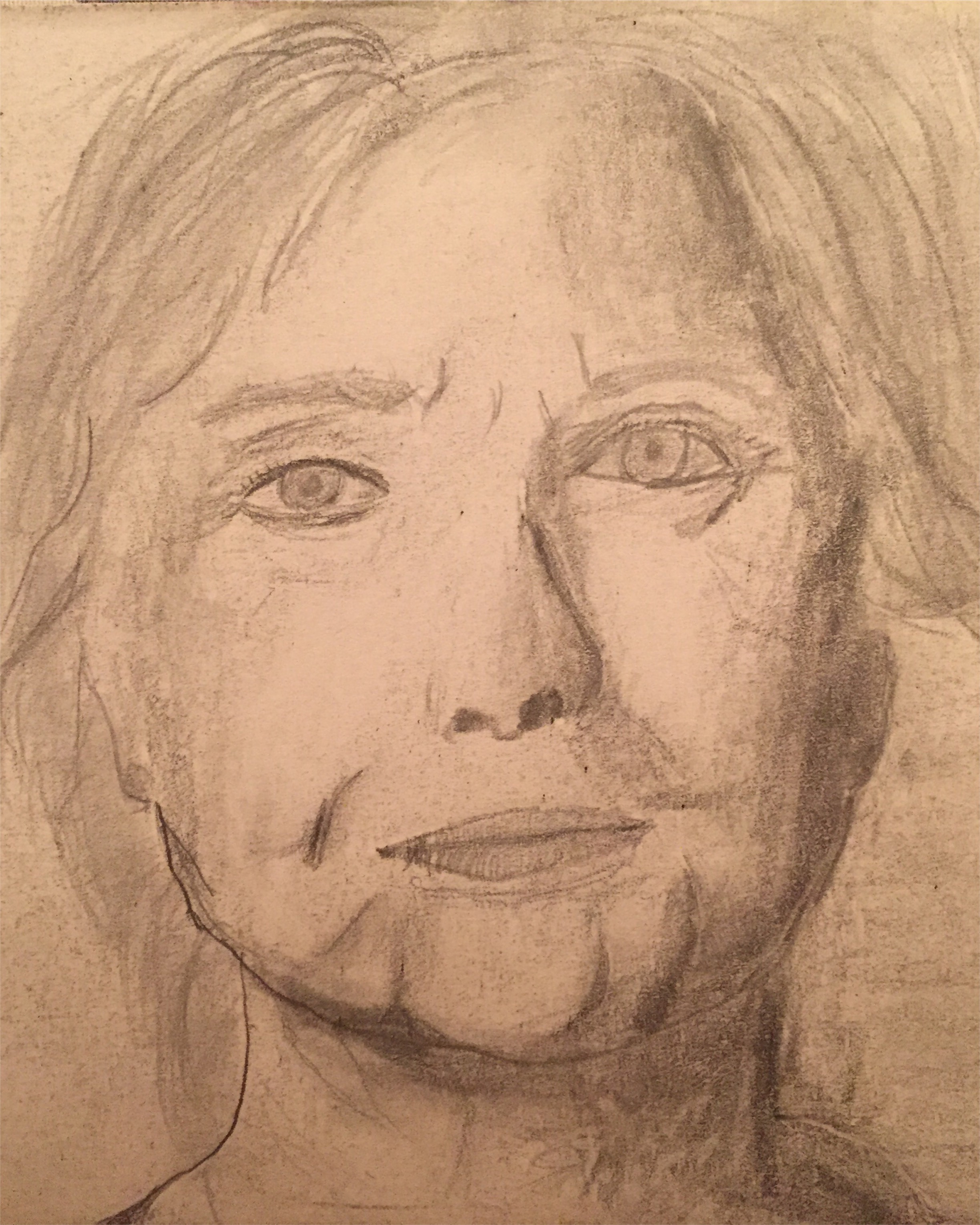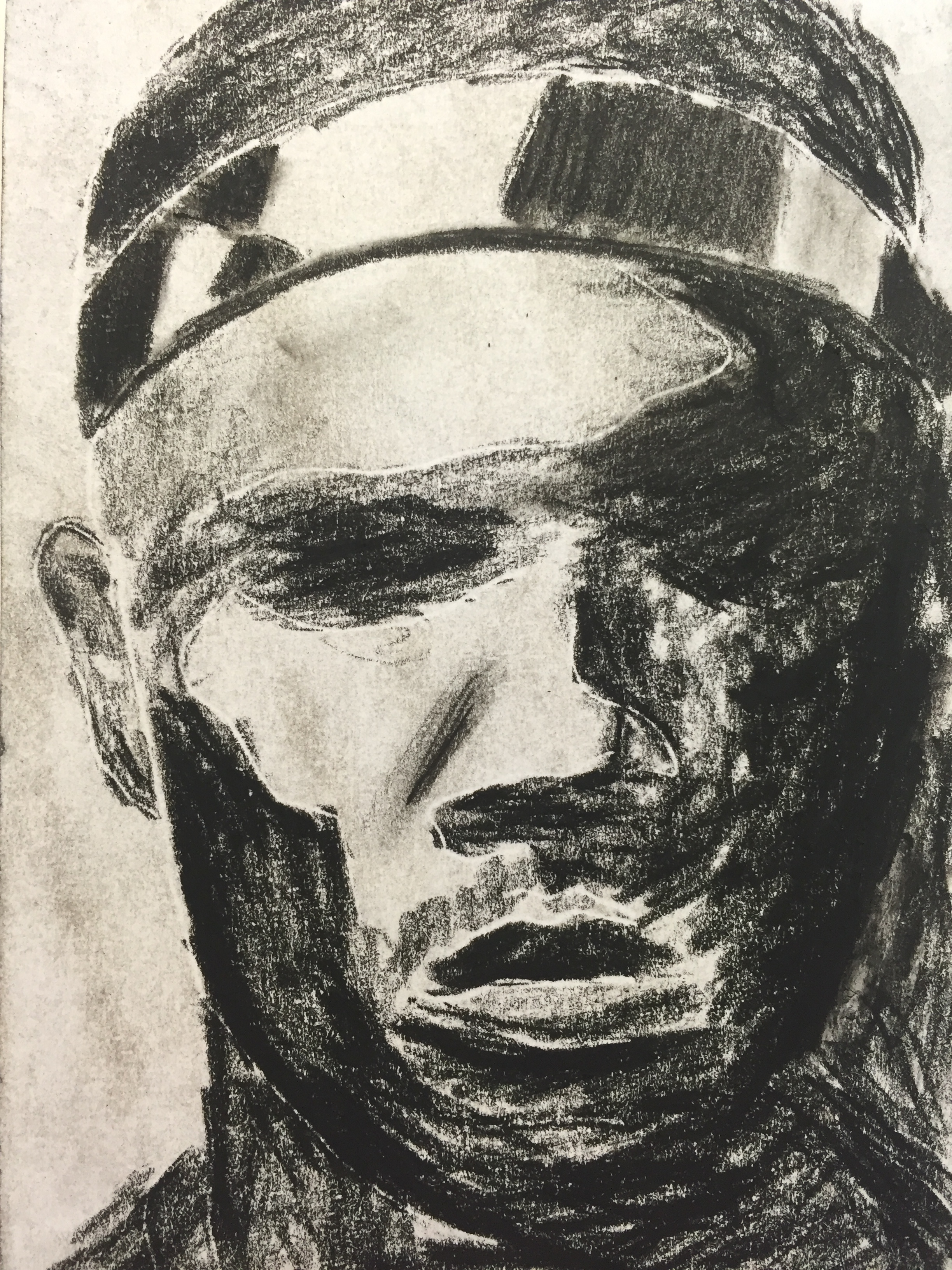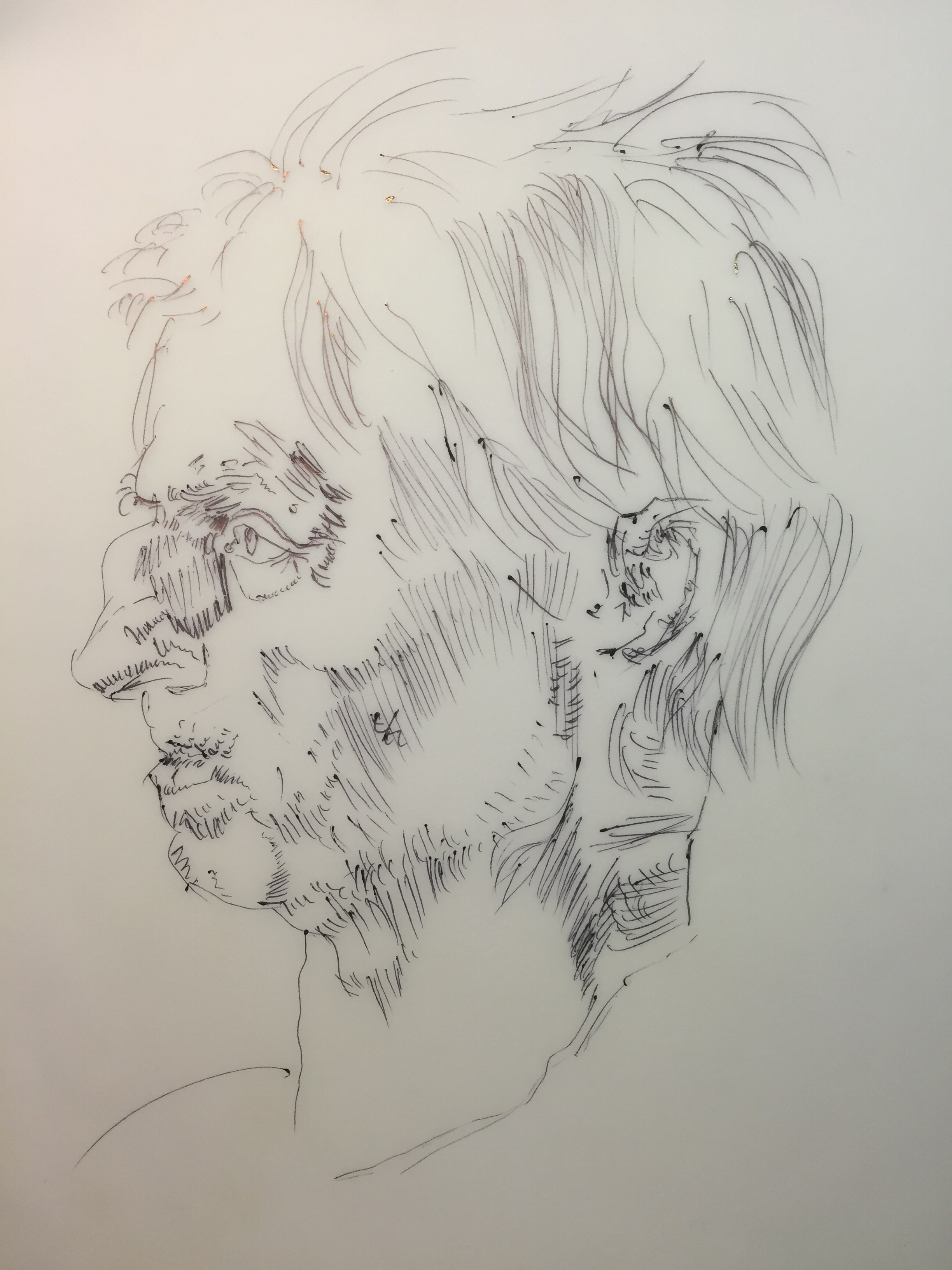Learning to Draw

Quick Takeaways
Try drawing! Buy this book and this drawing set.
Drawing is great for TBI and the recovery process because it’s straightforward, you can start and stop when you want, and progress at your own pace.
After twenty hours you’ll have a new appreciation of art and beauty and a profound new way to look at the world.
As a kid I liked art class, but never picked up a pencil or brush outside of it. Once high school hit, I took my one art requirement in photography and was done with it. I always liked going to museums but noticed that I gravitated not to the paintings but the blurbs so I would know what the “correct” thing to this about the painting was. I also thought of myself as a more literary/aural person than visual one.
Until I hit my head, I hadn’t picked up a brush in ten years. But a doctor suggested it and it seemed relaxing so I have it a shot. I spent a month playing around with watercolor but there were too many new things to learn at once—the color, the different brushes, the water—alongside composition that it felt overwhelming to my concussed brain.
I did make a Trump watercolor that came out ok.
Next an old art teacher from middle school—who had suffered a TBI of his own—suggested drawing and Drawing on the Right Side of the Brain, the Workbook.
Here's my first self-portrait from April:
And another one I made after two months:
Drawing on the Right Side of the Brain was an absolute gift, and provided me the single best educational experience of my life (in a return divided by time invested sense). The book has 40 exercises, each one taking on average 15 minutes. They build off each other, teaching new techniques to allow you to draw what you see.
Why was this book great, particularly for TBI patients?
- It cut down on decision fatigue. You always knew what to do next, and never had to agonize about what to draw in what medium. Further, since you didn’t need an extra pad to draw on—all the exercises are conducted in the book—you had one less thing to misplace and have to look for.
- Light on text. In this book, particularly in comparison to other intro drawing books, there wasn’t a lot of text to wade through and what text there was was all essential. If reading is a trigger, this book is made for you.
- Bite size time chunks feel valuable. If you can only focus for twenty minutes at a time, this book can give you a sense of accomplishment in that limited window by just pressing your brain a smidgen to learn one new technique.
Drawing, while a solitary activity, helped me feel less isolated and withdrawn from my normal life. I bought these postcards and with some fixatif to seal in the graphite and made close to 100 personalized postcards to friends and professional colleagues. It was a great excuse to reach out to folks from out of town and let people know what I was going through. On the back I would write “Hey, I recently suffered a pretty serious concussion and can’t do much…but I have learned how to draw!” Getting nice thank you emails and postcards in return provided a great emotional boost.
After finishing the drawing book, I started taking a class at the Arts Student League of New York. Though I was the only person in their mid-twenties—most were high schoolers or retirees—the environment was really friendly, welcoming and supportive. It provided an outlet to be social without having to talk all that much, and when I got too fatigued I could just leave the room for a bit without disrupting anything.
More profoundly, learning how to draw has trained my eye and brain to look at the world differently. I notice more details and appreciate more beauty. Architecture has suddenly become interesting, and walking in parks I find myself looking at random leaves and flowers that used to never catch my eye. Museums have become way more enjoyable—I spend more time looking at fewer paintings, as I can now appreciate the artists’ skill much more deeply and think about what they’re trying to accomplish with their composition and technique. This new 'vision' is a true gift, and something I may never have been exposed to had the TBI not forced me into seeking out some habit as low-intensity as drawing.




